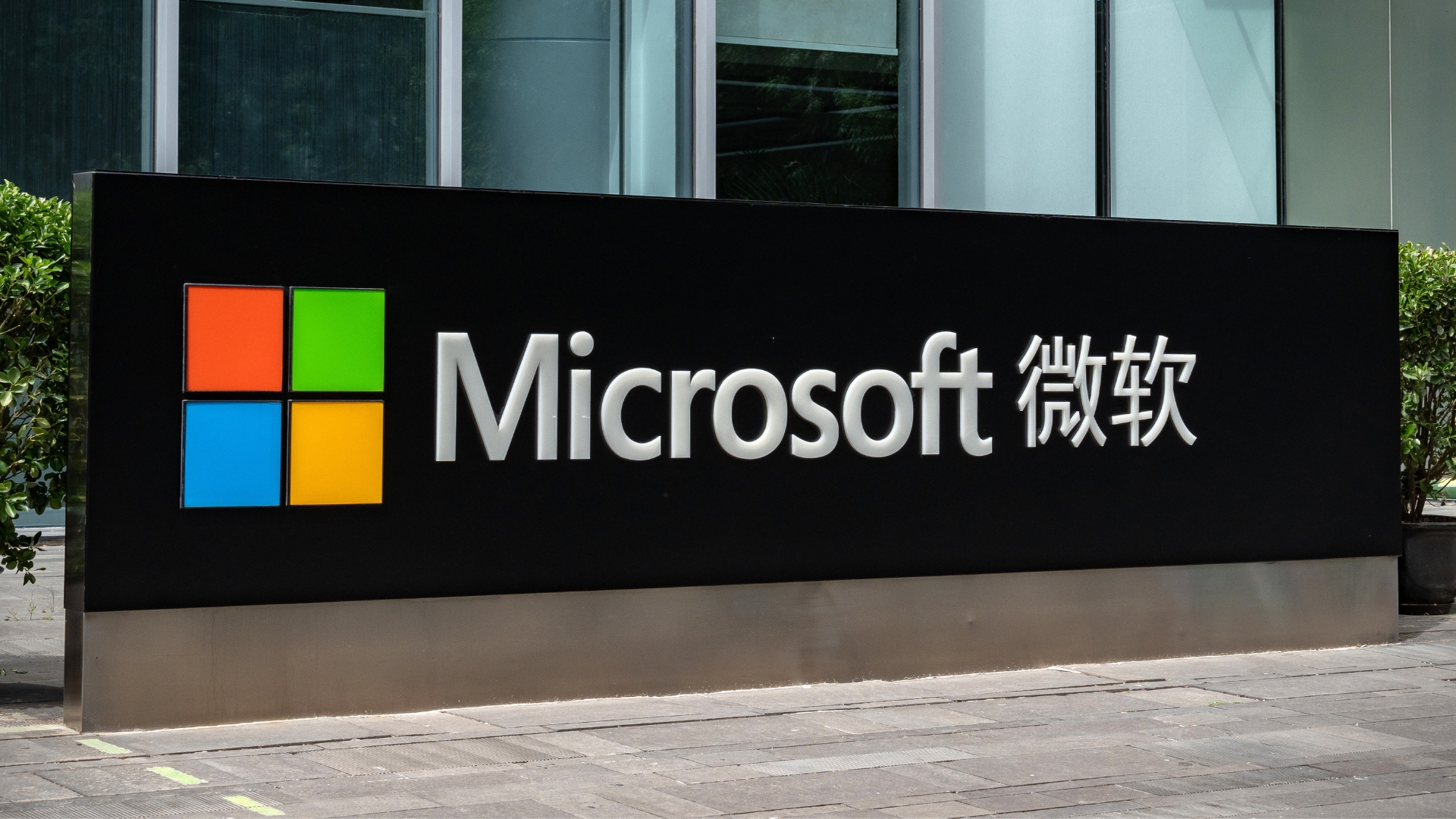Microsoft Surface and data center production to be moved out of China by 2026, claims report — components, parts, and assembly of laptops and servers moving to counter trade war uncertainty
Microsoft reportedly wants to get hardware production out of China, fast.

A new report claims that Microsoft wants to completely move all of its new product manufacturing outside of China, with the production of its Surface product line and data centers aimed to be built exclusively in other countries beginning in 2026. Nikkei Asia reports that the U.S. tech company is doing this to avoid the uncertainty caused by the U.S.-China trade war and Beijing’s ambitions on Taiwan. Amazon Web Services (AWS) is also said to be following suit, with the company shifting its supply chain away from the East Asian country all the way to the component level.
“The scope is quite wide and covers components, parts, and product assembly for new product introductions of both notebook computers and server products,” a supply chain executive told the publication. “Microsoft hopes all of these can be manufactured outside of China starting from 2026 at the earliest.”
Redmond began its shift away from China last year, starting with server production, owing to the sensitivity of these products. One source claims that Microsoft wants a maximum of 20% of the supply chain for these items to come from China. It also wants to do the same for its Xbox consoles, but in a more gradual manner.
“Moving assembly is rather easy, but [shifting production] down to the component level is radical and very challenging, especially with a timeframe like 2026,” said another Microsoft supplier exec. “We need to see how this ambition will be carried out.” Many companies are already moving their assembly lines out of China, especially after President Donald Trump announced high tariffs on Chinese imports. However, it’s going to be significantly more difficult to source components outside of China and/or Chinese companies, especially as they are long-time suppliers of some of these companies.
Washington and Beijing’s trade war is slowly pushing companies away from China. Although the U.S. primarily intends semiconductor manufacturing to go back within its borders, nations in the Southeast Asia region are also benefiting from the rivalry. Many companies are moving their supply chains to Thailand, Vietnam, and Indonesia to escape the prohibitive import taxes placed on Chinese goods. Even though these nations also have tariffs placed on their exports, they’re relatively much smaller, plus their relationship with the U.S. is far more stable.

Follow Tom's Hardware on Google News, or add us as a preferred source, to get our latest news, analysis, & reviews in your feeds.
Get Tom's Hardware's best news and in-depth reviews, straight to your inbox.

Jowi Morales is a tech enthusiast with years of experience working in the industry. He’s been writing with several tech publications since 2021, where he’s been interested in tech hardware and consumer electronics.
-
pug_s It only means that final assembly will happen in a country other than China in order to evade the tariffs. There are plenty of components that are sourced from China and it will not change.Reply -
Zaranthos Replypug_s said:It only means that final assembly will happen in a country other than China in order to evade the tariffs. There are plenty of components that are sourced from China and it will not change.
May or may not change. The writing is on the wall, the current administration wants production of most if not all products based in the USA. The focus is not only critical components related to national security but also production that benefits domestic workers and businesses. Companies that don't plan with that in mind may find themselves at a disadvantage down the road if new tariffs are imposed. They're taking the "America first" agenda pretty seriously and while that doesn't mean production will be exclusive to the USA it does mean it's implied that domestic production will likely benefit compared to offshore production.
Cheap labor was the main reason most things were made abroad but that may come to an end as automation, AI, and robotics continue to replace or supplement human labor. It's very likely the savings on labor to build things overseas will evaporate before there is a change in administrations and that means there is far less risk moving production domestically if the tariff policies changed with a new administration. -
pug_s Reply
I would not be holding my breath for products like Microsoft laptops to be have their final assembly in the US. Look at the Foxconn debacle in the first administration. Many Asian companies who would want to set up shop in the US already know what happened to the Hyundai ICE arrest in Georgia and do not want to set up shop in the US. India is probably out of the picture because of its 50% tariff. So the least tariffed country like Vietnam, or maybe Indonesia and Mayalasia would probably be the next best choice.Zaranthos said:May or may not change. The writing is on the wall, the current administration wants production of most if not all products based in the USA. The focus is not only critical components related to national security but also production that benefits domestic workers and businesses. Companies that don't plan with that in mind may find themselves at a disadvantage down the road if new tariffs are imposed. They're taking the "America first" agenda pretty seriously and while that doesn't mean production will be exclusive to the USA it does mean it's implied that domestic production will likely benefit compared to offshore production.
Cheap labor was the main reason most things were made abroad but that may come to an end as automation, AI, and robotics continue to replace or supplement human labor. It's very likely the savings on labor to build things overseas will evaporate before there is a change in administrations and that means there is far less risk moving production domestically if the tariff policies changed with a new administration.
As for cheap labor, many companies still prefer to be made in China is not because of cheap labor, but as what Tim Cook says, the supply chain in China is strong that it is actually cheaper to produce in China if it wasn't for the tariffs. Also, you can forget about the days about droves of factory workers in China doing any kind of labor intensive stuff as China has more robots working in there than rest of the world combined. -
anoldnewb Reply
“The scope is quite wide and covers components, parts, and product assembly for new product introductions of both notebook computers and server products,” a supply chain executive told the publication. “Microsoft hopes all of these can be manufactured outside of China starting from 2026 at the earliest.”pug_s said:It only means that final assembly will happen in a country other than China in order to evade the tariffs. There are plenty of components that are sourced from China and it will not change.
However, the statement "from 2026 at the earliest" includes the timeframe of never. An at the latest date would imply more of a commitment. -
Zaranthos China benefited from US policy and cheap shipping rates for decades. Those days are probably over, or coming to an abrupt end, at least as long as China continues to act hostile towards anyone that doesn't bend to their whims. I'm not sure I'd bet against the USA or put my business IP or autonomy at risk in China right now considering China policy lately. China takes any IP they can gain access to and if it profits them they will use your own IP to become your latest competition. China's ambition exceeds its morality, in my opinion.Reply
Edit: I would probably differentiate CCP morality from China so as not to paint with such a broad brush. -
pug_s Reply
I will believe it when I see it. I doubt that other countries can source every components and parts outside of China.anoldnewb said:“The scope is quite wide and covers components, parts, and product assembly for new product introductions of both notebook computers and server products,” a supply chain executive told the publication. “Microsoft hopes all of these can be manufactured outside of China starting from 2026 at the earliest.”
However, the statement "from 2026 at the earliest" includes the timeframe of never. An at the latest date would imply more of a commitment.